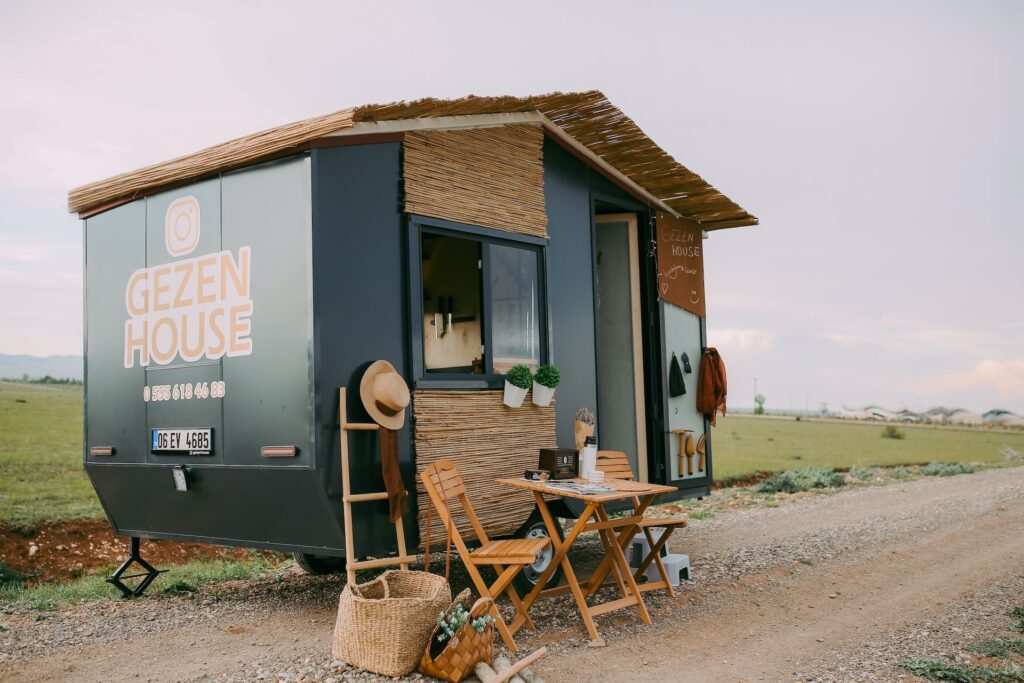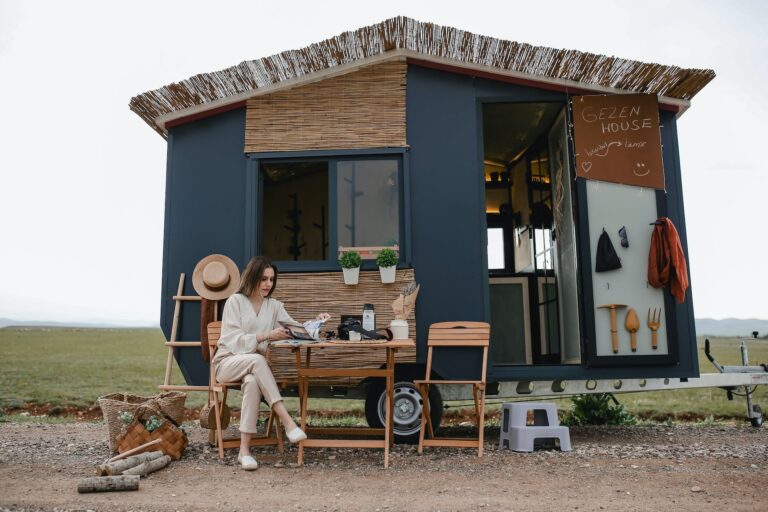Tiny House Movement: Discover If It’s the Right Lifestyle Choice for You
In an era where simplicity and sustainability are increasingly prized, the tiny house movement has emerged as a beacon for those seeking an alternative to the traditional path of homeownership. With its promise of financial freedom, reduced environmental impact, and a minimalist lifestyle, tiny living has attracted a diverse following. But as with any significant lifestyle change, it’s important to weigh the pros and cons to determine if it’s the right fit for you. This article offers a deep dive into the tiny house movement, providing insights into its benefits, challenges, and the adjustments it requires.
What Is the Tiny House Movement?
The tiny house movement advocates for downsizing living spaces, simplifying lifestyles, and focusing on quality over quantity. Tiny houses typically range from 100 to 400 square feet, a stark contrast to the average American home. This movement isn’t just about the size of the living space but also embodies a philosophy that challenges the conventional measures of success, advocating for a life with less debt, less environmental impact, and more freedom.
Benefits of Tiny Living
- Financial Freedom: One of the most compelling advantages of tiny living is the potential for significant financial savings. Lower utility bills, reduced maintenance costs, and the possibility of owning your home outright can alleviate the financial pressures of mortgage payments and high living expenses.
- Environmental Sustainability: Tiny houses consume less energy, require fewer resources to build, and reduce the ecological footprint, making them an appealing choice for environmentally conscious individuals.
- Simplicity and Minimalism: Living in a tiny house encourages a minimalist lifestyle, compelling individuals to prioritize essentials and reduce clutter. This simplicity can lead to a more organized, stress-free life.
Challenges and Considerations
- Space Limitations: The most obvious challenge of tiny living is the limited space. Downsizing requires a significant reduction in possessions and a willingness to adapt to a more confined living area.
- Legal and Zoning Issues: Navigating the legal landscape can be tricky, as many areas have minimum size requirements for dwellings or restrictions on where tiny houses can be located, especially if they’re on wheels.
- Lifestyle Adjustments: The transition to a tiny house involves more than just moving to a smaller space; it’s a lifestyle change that may impact social life, work, and daily routines.
Is Tiny Living Right for You?
Deciding to embrace the tiny house movement is a deeply personal choice that hinges on several factors:
- Value Alignment: Does the philosophy of minimalism and reducing your environmental footprint resonate with you?
- Financial Goals: Are you seeking relief from the financial burdens of traditional homeownership?
- Adaptability: Can you adjust to the constraints of living in a smaller space and the lifestyle changes that come with it?
Making the Transition
For those considering a shift to tiny living, preparation is key. Researching, planning, and connecting with the tiny house community for advice and support can facilitate a smoother transition. Additionally, spending time in a tiny house through short-term rentals can offer valuable insights into whether this lifestyle suits your needs and preferences.
In Summary
The tiny house movement offers a compelling alternative to conventional living, with benefits that include financial savings, environmental sustainability, and a simpler lifestyle. However, it also demands significant lifestyle adjustments and comes with its own set of challenges. By carefully considering these factors and evaluating your personal values and goals, you can make an informed decision about whether tiny living is the right choice for you.

FAQs About the Tiny House Movement
- How much does a tiny house cost?
- The cost can vary widely depending on size, design, and materials, but it generally ranges from $10,000 to $100,000.
- Can I build a tiny house on my own property?
- This depends on local zoning laws and building codes. It’s crucial to research and comply with local regulations.
- Are tiny houses mobile?
- Many tiny houses are built on trailers, offering mobility. However, the legality of parking a tiny house varies by location.
- How do tiny house residents deal with limited space?
- Efficient use of space and multipurpose furniture are key strategies for making the most of a tiny house’s limited square footage.
The tiny house movement isn’t just a trend; it’s a lifestyle shift that prioritizes simplicity, sustainability, and freedom over the accumulation of space and possessions. Whether it’s the right choice for you depends on a complex interplay of personal preferences, values, and circumstances. By considering the movement’s benefits and challenges, you can embark on a journey towards a potentially more fulfilling and simplified life. Thank you for checking out our guide!

